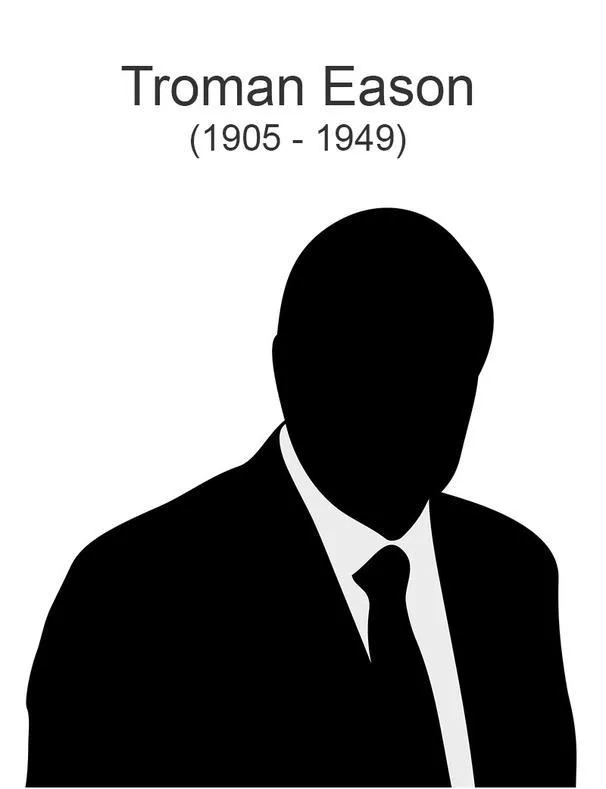Troman Eason
(1905 - 1949)

Early Life and Musical Beginnings
Troman Eason played a crucial role in the early development of sacred steel guitar within the House of God Church, shaping the musical tradition that continues to resonate today. Born in 1905 in Lick Skillet, Georgia (later renamed Ebenezar), he was the eldest of fifteen children and grew up during a period of widespread racial discrimination in the South. In 1921, his family relocated to Philadelphia, Pennsylvania, seeking economic opportunities and relief from Jim Crow laws.
Introduction of Sacred Steel to Worship
In the 1930s, Eason encountered the Hawaiian steel guitar through a radio broadcast featuring a musician named Jack. Inspired by the instrument's distinctive sound, he arranged lessons to develop his skills, which ultimately led him—alongside his brother Willie Eason—to introduce the steel guitar into House of God worship services. His musical influence was instrumental in transitioning church accompaniment from traditional piano and organ to sacred steel guitar, a transformation that has become a defining characteristic of the genre.
Legacy and Historical Significance
Despite his significant contributions, documentation on Eason remains scarce—no known photographs exist, and his group, billed as "Professor Troman Eason," never recorded commercially. Nonetheless, his legacy as an innovator in sacred steel music remains undisputed. His dedication to expanding the role of the steel guitar in worship paved the way for generations of musicians. Troman Eason passed away on October 5, 1949, at Kings County Hospital in Brooklyn, New York, due to a ruptured gastric ulcer. Though his life was cut short, his influence continues to shape gospel and sacred steel traditions, ensuring his lasting impact within the genre.
FAQS
What is Sacred Steel?
Sacred Steel is an African-American gospel tradition that features the steel guitar in religious services. It originated in Pentecostal churches in the 1930s
Where did Sacred Steel originate?
It developed in the Church of the Living God, particularly in the Keith and Jewell Dominions.
How did Sacred Steel gain popularity?
Sacred Steel gained wider recognition through performances by artists like Robert Randolph, Calvin Cooke, Aubrey Ghent and the Campbell Brothers, who brought the genre to international fame.
God Bless Sacred Steel!

